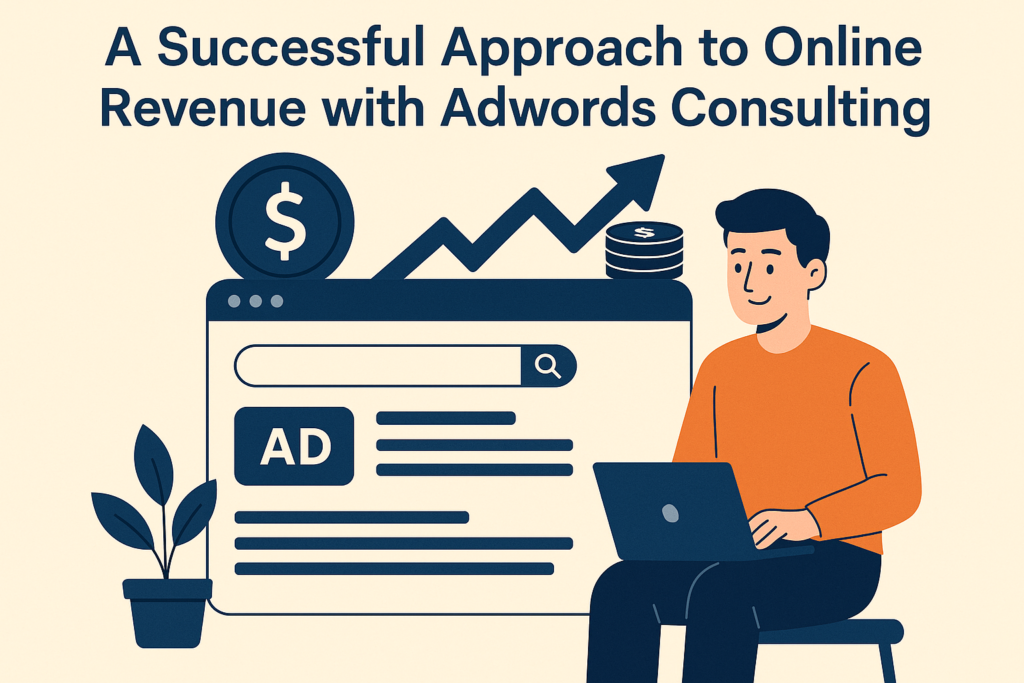
Many e-commerce businesses have a successful blog on their sites. That’s because a blog is a great resource to increase online visibility and generate more leads. Use your blog as the most effective tool at your disposal and learn how to use it to generate leads. We’ll tell you how.
1. Use Rich Keywords In Your Post
Do a thorough research to know what keywords your prospects are using in search engines to find your business. Use rich keywords in your post title, your post’s body, image ALT tags, and page headers. View every post as a chance to gain an extra inch with your market on Google.
2. Create Compelling Titles
What motivates people to share your content? A good, eye-catching, compelling title. Try all the tried-and-tested title strategies, but be sure to experiment with various other strategies to discover your audience’s tastes. One good idea is to check out what people are sharing on social media.
3. Enable Easy Sharing
Imagine posting rich content, but failing to allow share options! Use popular social media sharing tools such as Twitter’s Retweet button, FaceBook’s “Like” button at the top of each post. Don’t forget to add a ShareThis button at the bottom, to allow readers to share content on their chosen networks.
4. Enable Easy RSS Subscription
Place your RSS feed above the fold so that it’s easy to find, and also provide an Email to RSS option so that it’s easy for people to subscribe. You can use RSS tools such as Feedblitz, AWeber or Feedburner to enable this option.
5. Syndicate Your Blog
Syndicate your blog to your Facebook Business Page using a tool such as NetworkedBlogs. This ensures that whenever you upload a post to your blog, your Facebook Business Page is automatically updated. So, when a reader Likes your post, the post is automatically shared within the reader’s network.
6. Build A Commentator Relationship
Appreciate every comment, whether it’s positive or negative. Be sure to really, truly appreciate thoughtful comments, with a personal Thank You and a few words from your side. Use commenting tools such as Disqus to reply suitably to comments.
7. Participate In Other Blogs’ Traffic
Make your presence felt on other blogs by leaving intelligent, thoughtful and insightful comments. You will not only earn inbound links, but also quality traffic and leads. Plus, you’ll get noticed by other bloggers which means you’ll get to submit guest posts.
8. Connect Your Blog To Your E-commerce Site
You can do this by hosting your blog on your e-commerce site, or by discreetly linking your blog to your site. Don’t put any direct references– rather, funnel your traffic by linking specific keywords to specific pages on your site.
9. Get Visitors To Sign Up
Use various enticing methods such as free trials, downloadable eBooks, and free consultations to get people to sign up. Place your opt-in form visibly, in places such as the top and bottom of blog posts, header, sidebar, footer and your About Us page.
10. Offer Free Content
Free downloadable content of high quality is always a draw. Create excellent, niche-specific content that looks like you should charge for it. Then offer it for free. Promote your free content on your blog and on social networks for greater traction.
11. Use Popups
Even though popups are not popular anymore, they’re still used to grab attention. You can use these popups to put up attention-grabbing information such as free content, special contests and so on. You can also use them to get people to sign up to your newsletter.
12. Use Your Company Domain For Your Blog
By using your company’s domain for your blog, you can leverage your blog’s inbound links to get more search engine ranking for your site. Use the same navigation design of your ecommerce site, to help visitors transition smoothly to the main site.
13. Be Useful
Make sure you upload useful information on your blog. Identify your target market’s pain points and find ways to resolve them. The more useful your blog’s content, the more traffic your blog will earn. You can then use various lead conversion tactics to convert your blog’s traffic into paying customers.

